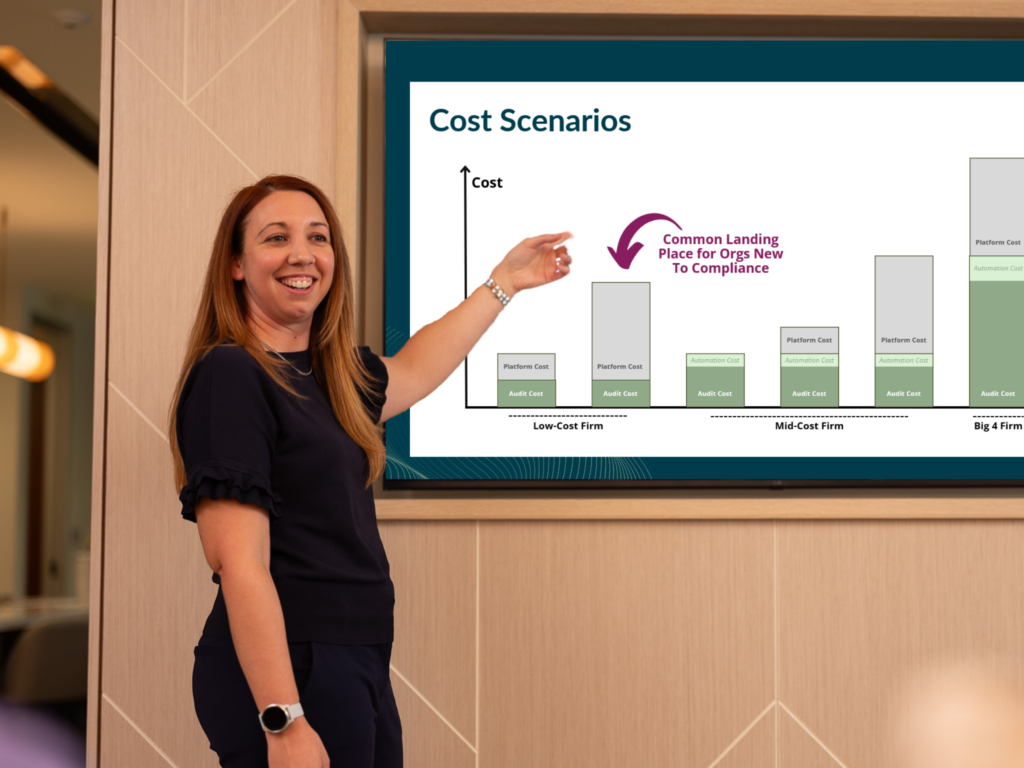
In today’s hyper-connected world, the landscape of cyber threats is constantly evolving. With each passing year, hackers and cybercriminals devise new strategies to exploit vulnerabilities, leaving individuals and organizations vulnerable to devastating security breaches. As we venture into 2023, it becomes crucial for financial institutions and individuals alike to be aware of the top 10 cybersecurity threats that demand immediate attention. In this article, we will explore these threats and provide valuable insights on how to defend against them effectively.
1. Phishing Attacks: Persistent Security Concerns
Phishing attacks remain one of the most prevalent security concerns in 2023 and number one on our list of top 10 cybersecurity threats. Cybercriminals employ sophisticated techniques to deceive users into revealing sensitive information, such as login credentials and financial details. These deceptive emails, text messages, and malicious websites are designed to mimic legitimate sources, making it imperative for individuals to exercise caution and verify the authenticity of incoming communications.
2. Ransomware: A Major Cyber Security Challenge
Ransomware continues to pose a significant cyber security challenge, targeting both individuals and financial institutions. In 2023, we witnessed a surge in the sophistication of ransomware attacks, with criminals employing advanced encryption algorithms and evasive tactics. It is crucial to maintain robust backup systems and implement stringent security measures to mitigate the risk of falling victim to these extortion attempts.
3. IoT Vulnerabilities: Fortifying Your Digital Perimeter
As our reliance on smart devices grows, so does the potential for security breaches. The proliferation of Internet of Things (IoT) devices presents a fertile ground for cyber attacks. Hackers exploit vulnerabilities in smart devices to gain unauthorized access to personal and financial information. Taking proactive measures, such as implementing strong passwords, regularly updating firmware, and segmenting network access, is vital to mitigate this emerging threat.
4. Insider Threats: Guarding Against Internal Risks
While external threats often dominate the headlines, internal security breaches remain a pressing concern. Insiders with malicious intent or compromised credentials can wreak havoc on financial institutions. Robust access controls, employee education programs, and monitoring systems are essential components of an effective strategy to address this threat.
5. Advanced Persistent Threats: The Silent Intruders
Advanced Persistent Threats (APTs) are stealthy, targeted attacks that exploit vulnerabilities over extended periods. These cyber threats are designed to evade detection by traditional security systems, making them particularly challenging to combat. By deploying advanced threat detection mechanisms, implementing real-time monitoring, and adopting multi-factor authentication, financial institutions can significantly reduce the risk of APTs.
6. Cloud Security Challenges: Securing Your Data in the Cloud
Cloud adoption has become commonplace, providing numerous benefits; however, it also introduces unique security challenges. Ensuring robust encryption, access controls, and monitoring for suspicious activities are crucial to safeguard sensitive financial data stored in the cloud. Employing reputable cloud service providers that prioritize security and compliance is equally essential.
7. Mobile Device Exploitation: Safeguarding Transactions on the Go
As mobile devices become the primary mode of financial transactions, securing these devices becomes paramount. Malware, malicious apps, and insecure Wi-Fi networks pose significant risks to mobile users. To counter these threats, individuals must install reputable security apps, keep their devices up to date, and exercise caution while connecting to public Wi-Fi networks.
8. Social Engineering Attacks: Manipulating Human Vulnerabilities
Cybercriminals increasingly exploit human vulnerabilities through social engineering tactics. These attacks manipulate individuals into divulging sensitive information or performing actions that compromise their security. Raising awareness through training programs, verifying identities, and exercising skepticism when encountering unexpected requests are critical defenses against social engineering attacks.
9. Supply Chain Risks: Fortifying the Weakest Link
The interconnected nature of the financial ecosystem makes supply chain risks a significant concern. Cybercriminals target vulnerabilities in suppliers’ systems to gain unauthorized access to valuable data. Conducting thorough due diligence, implementing stringent security requirements for suppliers, and regularly monitoring the supply chain are vital steps in mitigating this risk.
10. Zero-Day Vulnerabilities: An Unpredictable Menace
Zero-day vulnerabilities, which are unknown to software developers, pose a constant threat in the cyber world. Hackers exploit these vulnerabilities before they are patched, making them particularly challenging to defend against. Regularly updating software, leveraging intrusion detection systems, and investing in vulnerability management programs are critical measures to mitigate the risk of zero-day attacks.
The ever-evolving nature of cyber threats demands proactive measures to protect our financial assets. By understanding the top 10 cybersecurity threats of 2023 and implementing robust security practices, individuals and financial institutions can mitigate risks effectively. Remaining vigilant, continuously updating security measures, and fostering a culture of cybersecurity awareness will help safeguard against these evolving threats, ensuring a secure digital environment for financial transactions and peace of mind for all stakeholders.
How to Get Started
Our team is available to answer all your IT security service questions and help you find and correct vital vulnerabilities. We’ll help you identify a timeline that makes sense for your budget and your team. Contact us today.





